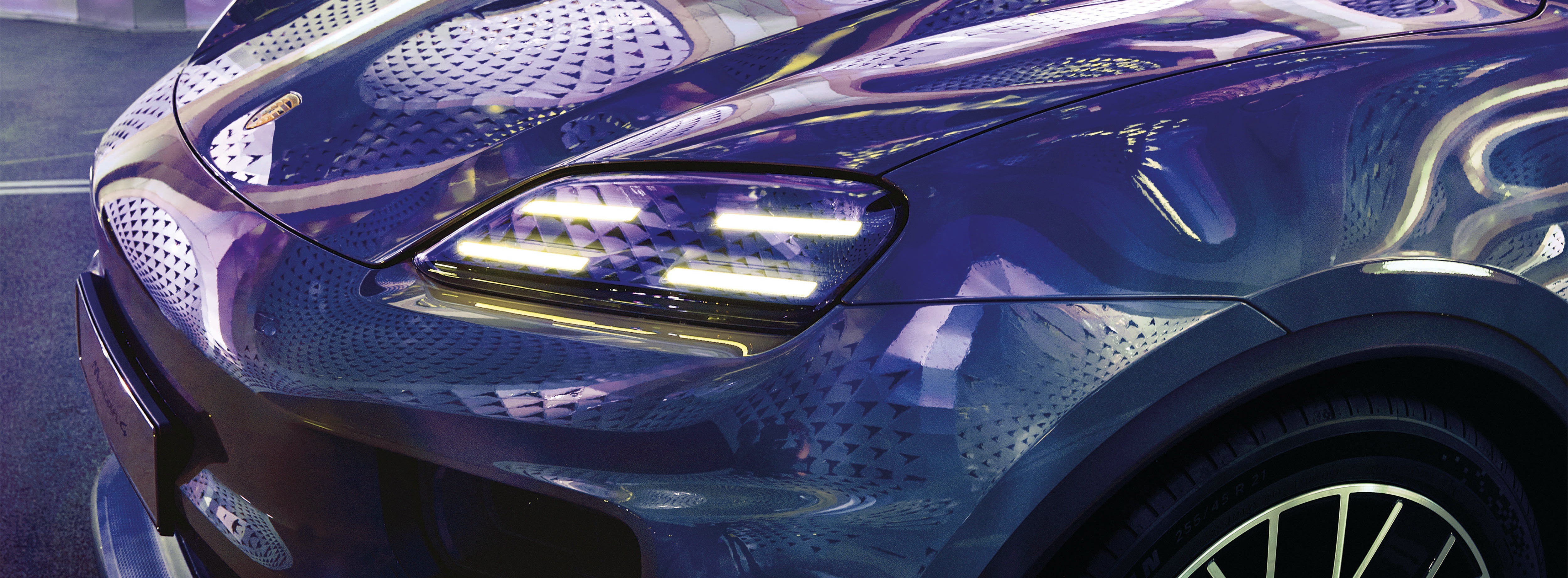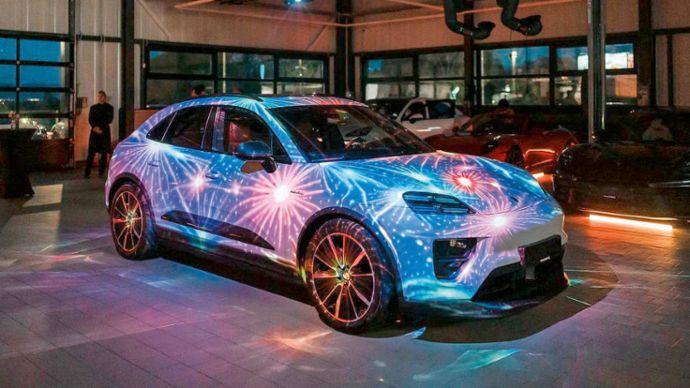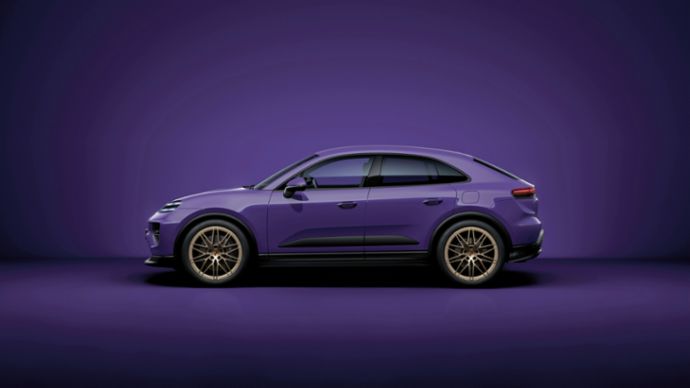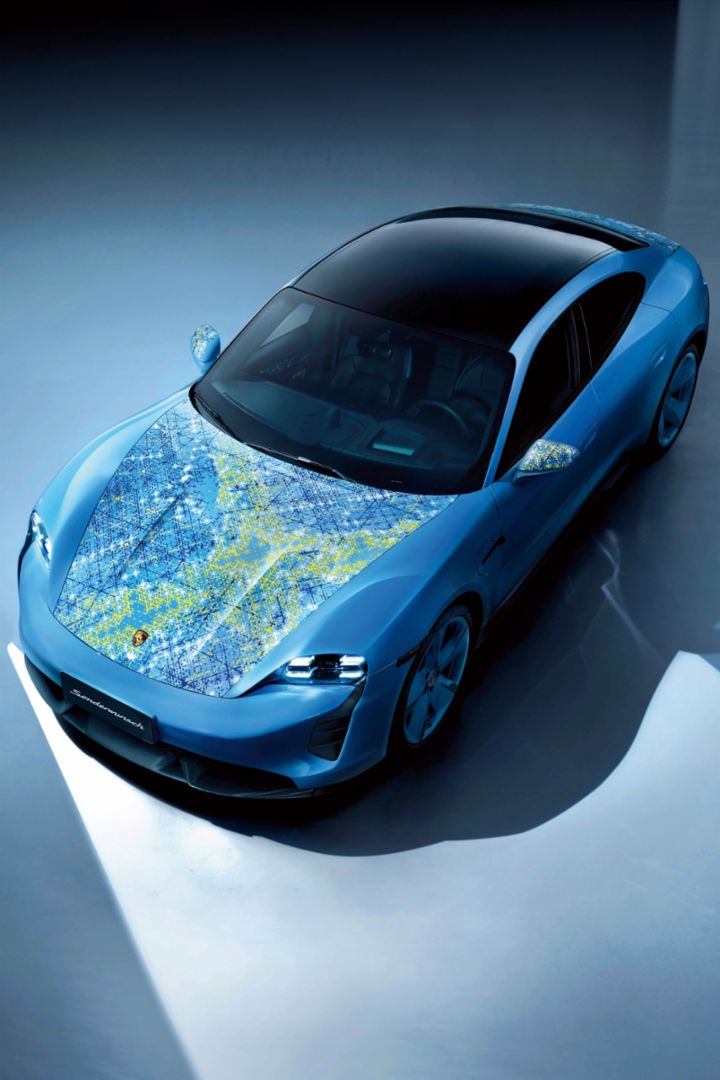Editorial: The Future Is Now
Porsche celebrated the spectacular world premiere of the new, all-electric Macan in Singapore. The megacity provided the ideal backdrop for the electric SUV: here, sustainable urban design is in harmony with economic growth.
“The Macan is much loved. Our electric excellence, too, will be a source of inspiration worldwide.”
Artistically designed trees that glow in the dark thanks to photovoltaics, a futuristic sculpture as a gigantic garage, planted high-rise buildings in a green megacity: it was in this impressive setting that the new all-electric Macan celebrated its world premiere in Singapore at the end of January. Sustainable electric mobility and Porsche performance are an ideal match. A clear statement we wanted to send out for the Macan, too.
With the new model, the company is giving the ramping up of electric mobility further impetus. It was not by chance that Singapore was chosen as the venue: the city is a future lab. A metropolis in which economic growth and sustainable urban design go hand in hand. Singapore and other ASEAN markets offer Porsche major potential – the delivery figures of the sports car brand have more than doubled there since 2012.
Over the past 10 years, the Macan has written an extraordinary success story. Porsche has delivered more than 800,000 vehicles during this period; the SUV was previously available in four model variants. The Macan is much loved. Our electric excellence, too, will be a source of inspiration worldwide. In Singapore, the Macan 4 and Macan Turbo celebrated their debuts. It was the beginning of a promising journey: from the city state out onto the streets of the world.

Dr. Sebastian Rudolph
EditorIn the dossier in this issue of Christophorus, we demonstrate how we succeeded in electrifying the Macan. We look behind the scenes at its challenging development and explain e-performance, which has entered new dimensions. The new Macan possesses attributes that until recently were reserved for a 911 Turbo. In addition, we take a look at the innovative charging management, which is as convenient as it is fast. And we immerse ourselves in the spectacular Singapore cityscape once again.
We also have exciting news to report in relation to the Taycan. All three body versions of our first all-electric sports car have been fully optimized. The new versions have more power, a greater range, accelerate quicker, and charge faster. We present the new Taycan to you in our “Showroom.”
All this attests to the fact that Porsche is realizing one of the most ambitious electric mobility offensives in the automotive industry. And is thus fulfilling dreams.
At the same time, we are living our unique heritage. Once again, in this issue, you can read about the people who make Porsche history. About pioneers who reach new heights, such as three-time Le Mans winner Romain Dumas: in late 2023, he and his team, and a heavily modified 911, reached the peak of the west ridge of the Ojos del Salado volcano in Chile – an altitude of 6,734 meters! Never before had a vehicle travelled at such a height! And in Nazaré, Portugal, we meet Sebastian Steudtner who, assisted by Porsche technology, rides behemoth waves. The big-wave surfer secured a world record by riding a 26.21-meter wave.
Dear Readers, what challenges do you have your sights set on? Please write, whenever it suits you, to christophorus@porsche.de.
Consumption data
911 Turbo
Macan 4 Electric
-
20.5 – 17.8 kWh/100 km
-
0 g/km
-
A Class
Macan Electric
-
19.4 – 16.8 kWh/100 km
-
0 g/km
-
A Class
Macan Turbo Electric
-
20.7 – 18.4 kWh/100 km
-
0 g/km
-
A Class
Taycan Turbo S
-
20.0 – 17.8 kWh/100 km
-
0 g/km
-
A Class



